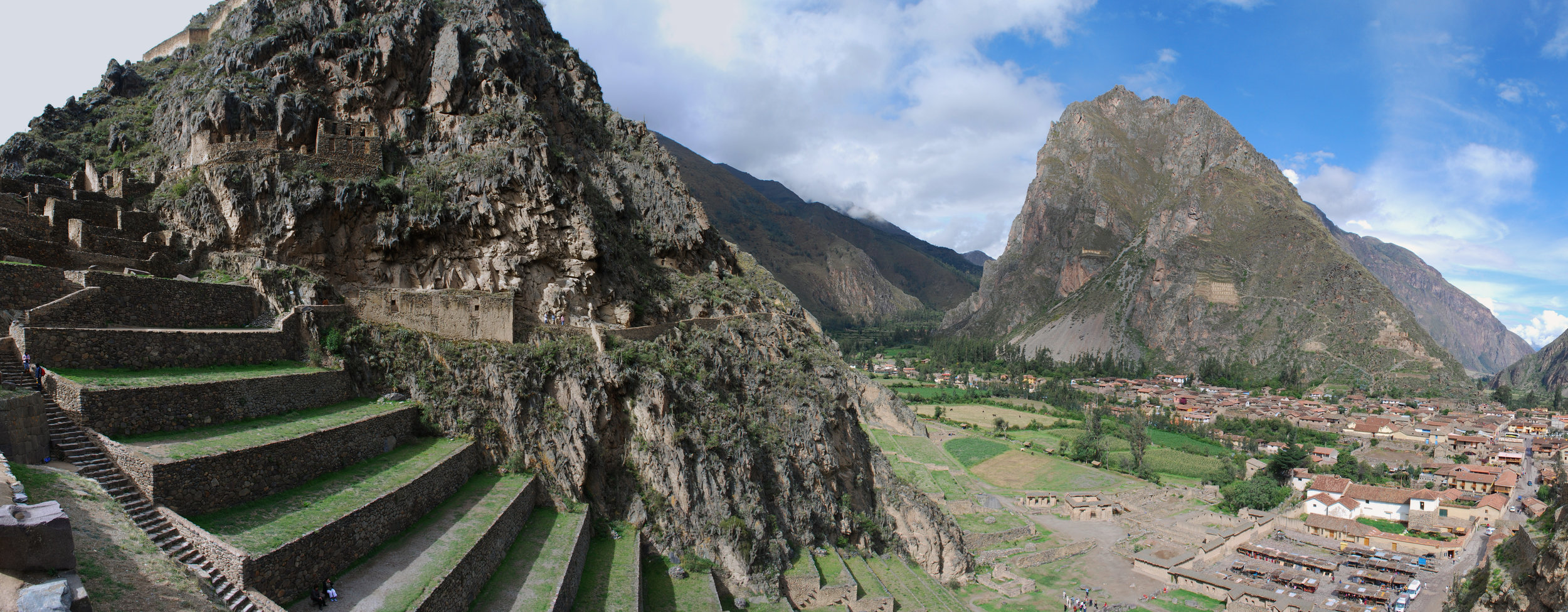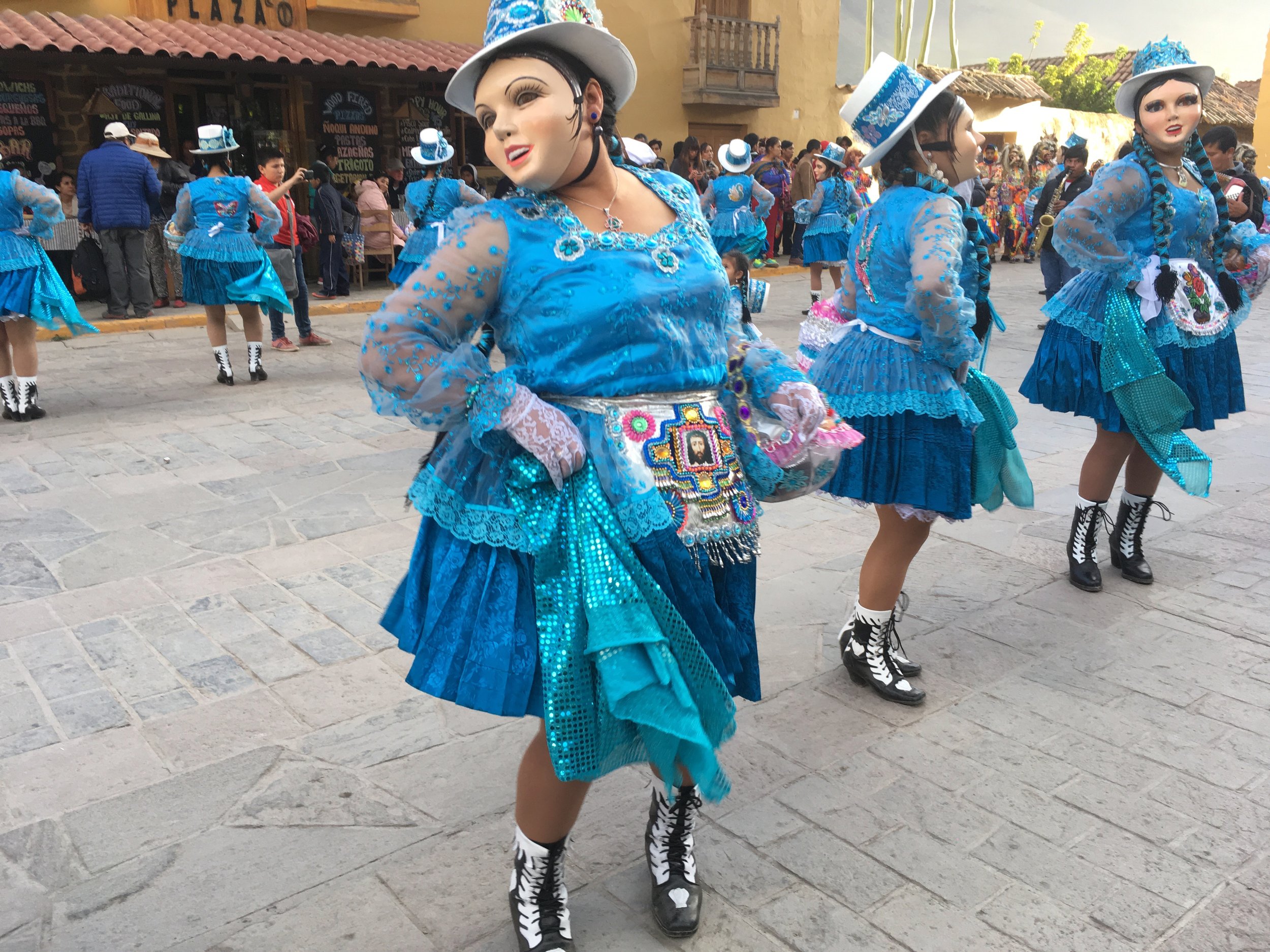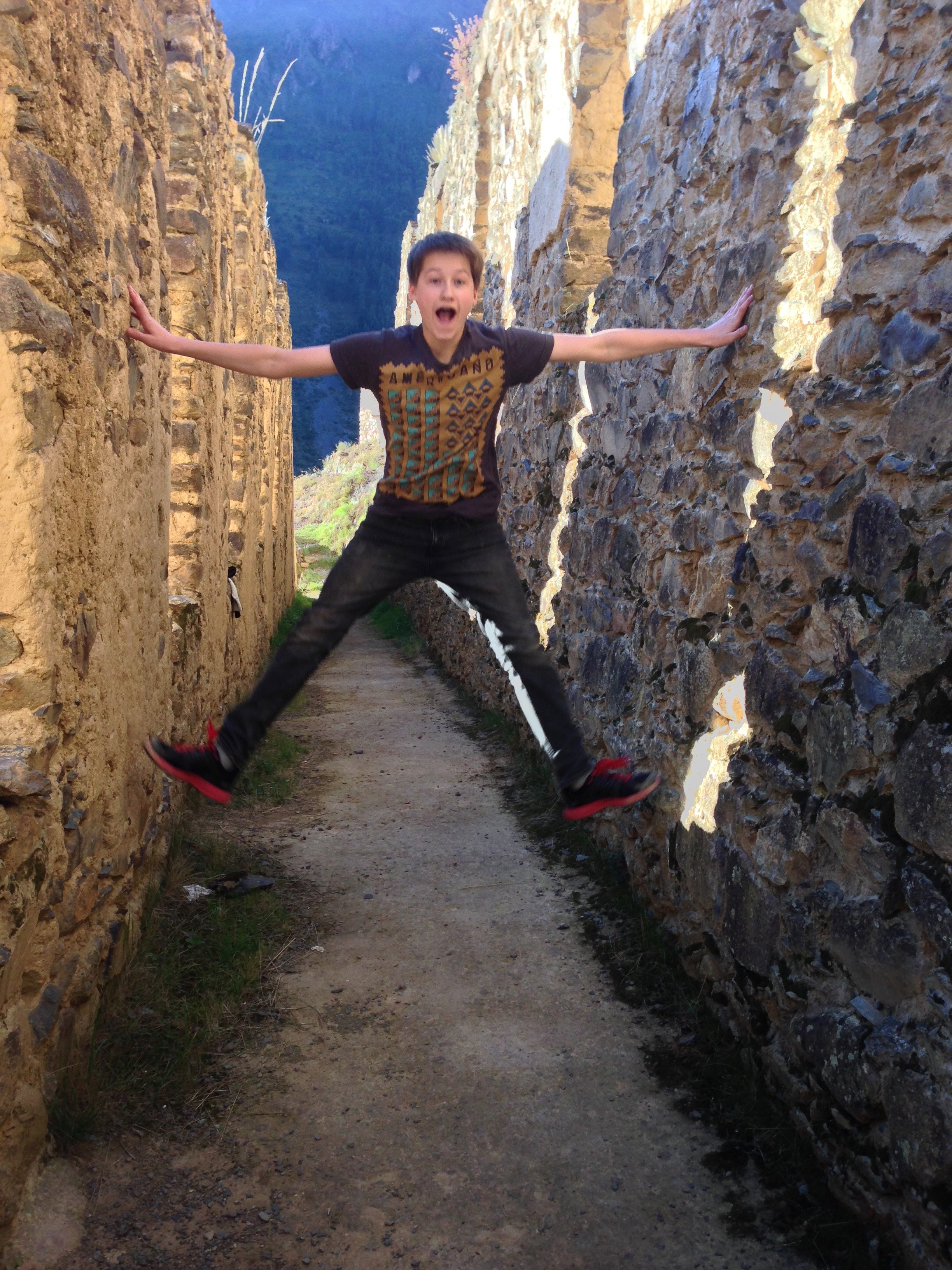
My soul HOME
OLLANTAYTAMBO
About
Ollantaytambo or Ollanta as more affectionately referred to by locals is one of a kind, the only living Inca town that continues to maintain ancient customs and traditions.
Nestled in the center of the Sacred Valley, 72km (45 miles) northwest of Cusco city by road, one train stop from Machu Picchu and the origin point of the Inka Trail. It is at an altitude of 2,792m (9,160 ft) above sea level, a considerable decent on Cusco’s height of 3,399 (11,150 ft) making it a preferable place to acclimatize and avoid altitude sickness.
The Valley is abundant with Inka sites and geographical interesting terrain but Ollanta has so many on the door step, in moments you can be up the mountain, surrounded by nature and soaking up the Inkan history.
Also read our blog post about the history and mystery of Ollantaytambo through the link below.
A Step Back in Time
During the Inca Empire, Ollantaytambo was presumably the royal estate of Emperor Pachacuti, who conquered the region, and built the town and a ceremonial center. It was home to the Incan nobility, evidenced by a large, well preserved dwelling called Quoracay. After the Emperor’s death the town passed to his family and eventually to Manco Inca Yupanqui (Inca Manco), leader of the Inca resistance who used it as a stronghold against the Spanish conquistadors. This was the only site where the Inca’s beat the Spanish, flooding the town and forcing a retreat. However, the town was too vulnerable and too hard to defend, so Inca Manco fled to the jungle.
Ollantaytambo is full of archaeological structures like astronomic observatories, graneries designed to dry food, storage units, and urban dwellings. Perhaps the most impressive is the fact the houses built by the Emperor are still here and you can stay in them! The original part of town has the oldest, continuously inhabited dwellings in South America, some are now hotels and guest houses, others are homes to locals or shops. The cobbled streets are lined with the Inca built irrigation system and it’s a pedestrian only area. The unique, finely cut stone that connect perfectly still stands perfectly in all its finery.
Events
Twice a year the town explodes with colour, music and partying. We celebrate two religious festivals that have an Inka fusion, if you are in town during these weeks you will be welcomed to join the party, just bring a crate of beer and you will be fed and can drink and dance all day and night.
REYERS
This festival celebrates the three child deities that bless the mountain communities. They are carried down from the mountains in their beautiful flower dressed carriages by the various cargos who each have their own costume and dance routine. The streets are decorated with flags, balloons and flower. There are various processions around the square as the child deities are carried from one church to the other for various catholic mass ceremonies. The various cargos follow the deities doing their dance routines and the atmosphere is amazing. This happens on the first week of January and aligns with the three kings visit to Jesus in the Christian calendar. Usually a 3 day party.
SEÑOR DE CHOQUEKILLKA (LORD CHOQUEKILLKA)
This festival is the biggest party and it goes for 5 days and concludes 8 days later with a further procession. It aligns with Pentecost in the christian calendar. It celebrates the lord of the town. There are fireworks, processions, horse racing, bull fights, dancing and partying as the Lord Chokakillka is paraded around in the same style as described earlier for the deities. No one sleeps in this town on this week, it’s literally a 24 hour a day party. Mass starts at 4am, drumming and parading starts at 6am, dancing processions are constant. Each cargo has it’s own set up where they serve food all day, they each have a live band and dance none stop. It’s a BLAST!
OLLANTAYRAYMI
In addition to the Catholic/Inka fusion there is one event that is legend based and definitely Inka. The Winter solstice (21 June) is an important event in Cusco region and worships the Sun God - Inti. Sacsayhuman hosts a big event called Intiraymi. A couple of days later in Ollantaytambo the fortress comes to life as locals put on a play. A comedic tradegy that depics the legend of the Inka General Ollanta and an Inka princess who both get banished by the Inka king due to their love affair.
REYERS FESTIVAL: FIRST WEEK OF JANUARY
SEÑOR CHOQUEKILLKA FESTIVAL: Late may/june
OLLANTAYRAYMI: 24 JUNE
Weather
Most moderate months are: September through to December; you will experience a pleasant climate with good average temperatures, cooling at night but not dramatically. Rainy Season is: December through to March, although wet, it’s harvest time, with all fruit, berries and vegetables freshly abundant. Dry Season is: May through to September, during this time the sun is strong in the day but the temperature drops considerably at night. On average, the warmest month is September, the coldest is July, the driest June and February is the wettest. The Inka Trail is closed in February, as are many businesses who tend to do maintenance work and renovations ready for the next season.
Pinkuylluna
Sacred Mountain of Ollantaytambo
Pinkuylluna - view from storage units to granaries
Pinkuylluna - inside the granaries
Pinkuylluna - Crown on Tunupa’s head







